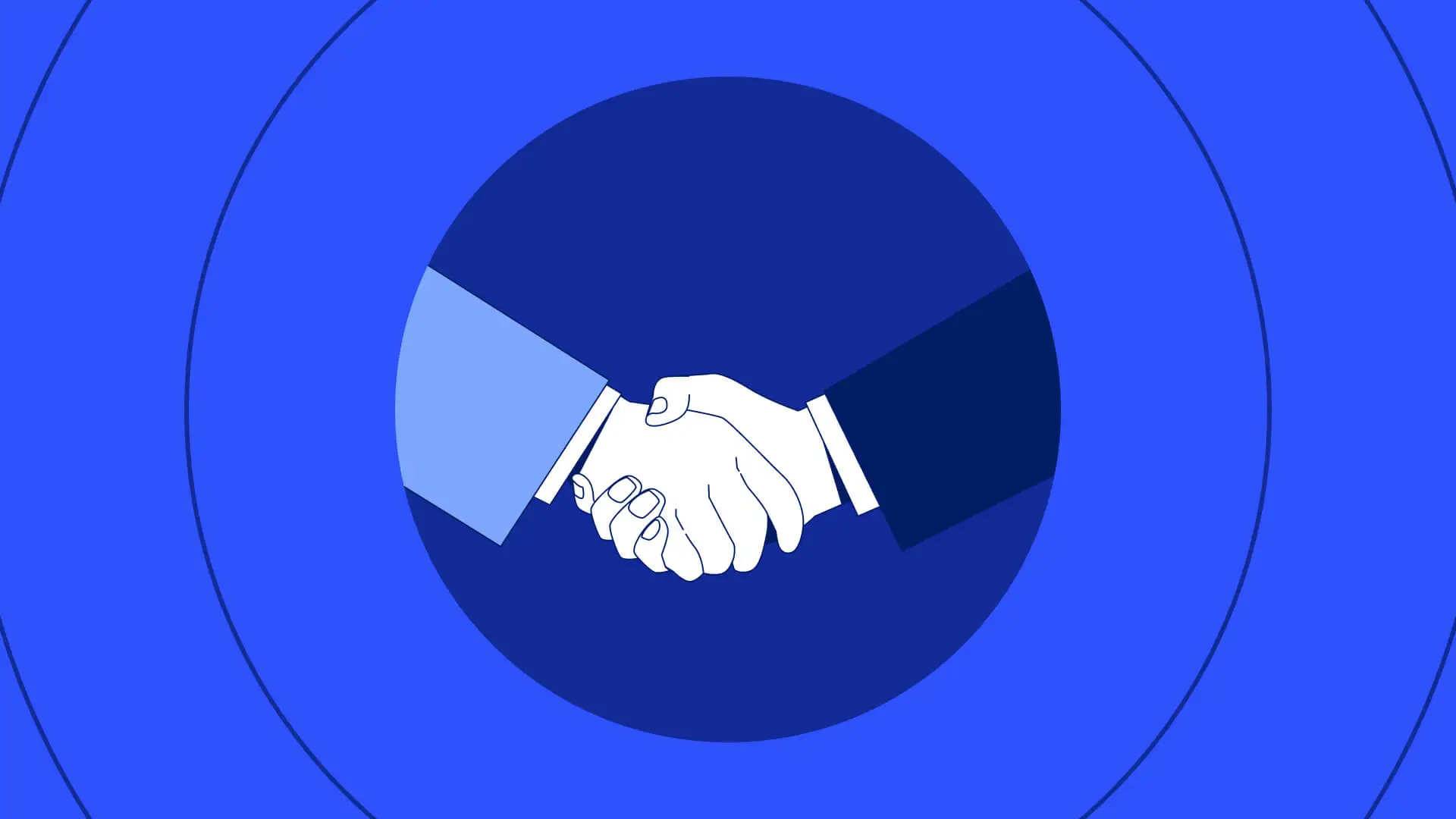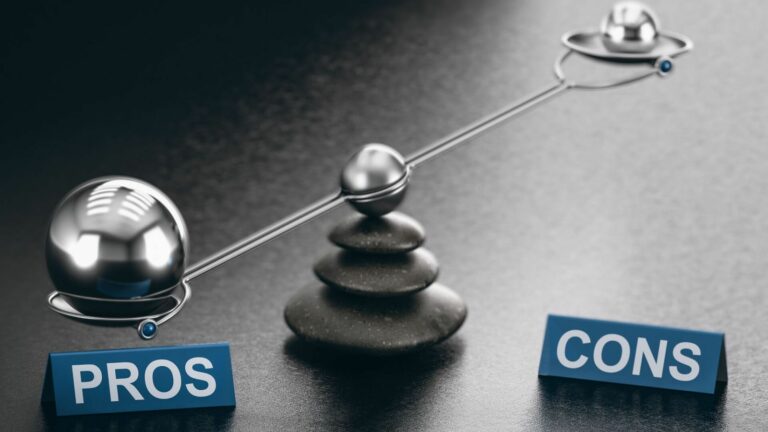Many global businesses have been using a professional employer organization (PEO) to co-employ their workforce and carry out certain HR functions.
While PEOs take up certain administrative tasks such as compliance, onboarding, and processing payroll, the companies remain legal employers and manage their employees directly.
One of the main concerns about this model is how growing businesses rapidly outgrow their PEOs. This may be due to multiple reasons: The original PEO may not serve new geographies or industrial segments. Businesses may even wish to cut costs, engage employees directly, or link business goals more strongly with their HR strategies.
Whatever the reason, moving away from a PEO is more complicated than it first seems — multiple stakeholders, contract reviews, data migration, and setting up new HR teams and processes… there’s a lot to take care of! The company may also have to pick out new digital tools during the transition to optimize operations.
If you’re on the verge of a PEO transition, you must first understand all the steps involved and some key considerations during the journey.
Let’s start off by looking at the most common reasons that may trigger a PEO exit.
When to consider a PEO exit?
Organizations typically plan a PEO exit strategy while expanding or when aligning their HR strategy with business goals. Here are a few compelling signs to consider a PEO transition:
Cost management
As your company grows, relying on a PEO may prove costly despite the conveniences it offers.
Most PEOs charge organizations on a per-employee basis. Typically, the PEO model is most cost-effective for a headcount of five to 50. Once your employee strength grows beyond this range, it may be more cost-efficient to set up your own HR and accounts team.
Strategic priorities
Outsourcing HR services may create a chasm between your people strategy and business goals.
For a larger organization, strategic HR functions like succession planning, leadership pipeline development, and retention efforts are crucial. However, PEOs mainly deal with basic HR functions and may be ill-equipped to nurture growth and strategic HR.
In addition, certain industries require specialized HR expertise to enforce safety regulations, train employees, and allocate resources. Your PEO may lack this competence. Mergers and acquisitions may also force you out of your existing PEO arrangement.
Another factor to consider is data security and privacy. Managing your own employee data gives you more control and security. Your employees will also find the enterprise more reliable and trustworthy as an employer.
Brand and employee experience
A strong employer brand and positive company culture are built on relationships and networks. Harvard Business Review says that having in-house people to champion employee experience builds a ‘culture of solidarity.’
Even in a world of automation and AI-led HR interventions, retaining the human touch while interacting with employees can prove crucial in boosting morale and productivity. Many HR heads participating in a McKinsey & Company survey favored this ‘back-to-human’ approach.
Business expansion
A PEO’s offering may not always scale with a growing company. Usually, PEOs offer standardized services that are not amenable to customizations. But you may need more flexibility in managing compensation structures or for training programs for different talent segments.
A PEO may also not serve all the business territories in line with your company’s expansion. Different regions have unique laws, benefits offerings, and employee working styles. Further, a PEO adds another layer of bureaucracy and may hinder quick decision-making and implementation of policy updates.
Moving away from a PEO
If you’re convinced that you need a PEO exit, we’ve put together some steps that you need to follow, in line with your specific organizational priorities and goals. Be sure to clearly communicate to your employees how each step will affect them.
Step 1: Assess the situation and needs
Identifying the reasons for leaving the PEO is the first step. Evaluate pain points with the current arrangement that a transition will help tackle.
Step 2: Select the alternatives
Pick a set of alternatives to replace the PEO. Answering these questions will help:
- Do you need complete in-house control over HR and payroll processes or are you open to outsourcing the functions, such as an employer of record (EOR)?
- If you wish to retain control, will you consider automation tools, including a human resources management system (HRMS)?
- Will you need a single platform or multiple platforms for the transferred processes?
Before choosing the new solution, be it in-house or outsourced, consider these factors:
- Cost and return-on-investment
- Customization
- Ease-of-use for administrators and employees
- Time-to-implementation
- Customer support
- Integrations with existing systems
- Ease of data migration from PEO
- Alignment with the company’s vision and strategic goals
- HR expertise needed for operation
- Compliances
- Projected user adoption
- Data privacy and security
- Vendor reputation
- Employee self-service options
A one-stop solution such as Multiplier can unify HR and payroll processes for companies expanding their workforce globally. With Multiplier, you don’t need multiple solutions or worry about their integrations with your existing systems.
Check out how the platform saved a US-based firm $1 million and 300 hours annually to ensure compliance for its global workforce!
Step 3: Create a transition plan
Review your contract with the PEO to understand the notice period and exit policy and clear all pending payments. Ideally, you should plan your PEO exit towards the end of a financial year to avoid disruptions to yearly payroll, deductible calculations, and tax payments.
- Chalk out your timeline to exit the PEO and transition to a new arrangement
- Notify the PEO and any new solution provider about the timeline and define the data transfer hygiene protocol
- Create a new HR or Finance team in case you relied entirely on the PEO earlier
- Set up a transition team, including professionals from IT, HR, and finance functions. Specify their responsibilities clearly
- Communicate the transition plan to employees and answer their queries with honesty. Consider appointing employee representatives to the transition team
- Create a change management plan to ensure business operations remain unaffected during the exit
- Secure employee data stored with the PEO. This may include data relating to benefits, payroll, performance, and deductions
Step 4: Implement new solution
Onboard with your new solution provider. Coordinate data transfer from the PEO to the new solution. Configure the platform to represent company-specific workflows, dashboards, employee segmentation, payroll categorizations, and integrations. Ensure the data transfer process is secure and adheres to safety protocols.
You’ll need to train both administrators and employees on the use of a new solution. The guidance must be available in both online and offline formats. You can also consider self-service options.
Focus on ensuring compliance to local tax, labor, and data protection laws in jurisdictions where your employees work. You don’t need to open new legal entities though. An industry-leading solution will help you manage payroll and compliances in different regions.
Also, review changes to benefits administration if any. For instance, a PEO-offered insurance plan may differ from your new offerings. Communicate the changes to employees and highlight the benefits to win their trust and tackle change fatigue.
You’ll also need to update your IT policy and employee handbook to reflect the changes. This includes manuals to use any new HR software, best practices, safety measures, and grievance redressal mechanisms.
Step 5: Monitor and improve
Give the new solution three months. Then monitor the effectiveness of the new solution based on the following parameters:
- User adoption: Track adoption of the solution among employees and administrators. Trace user behavior to spot the least used features. Consult a group of employees to trace and remove bottlenecks to adoption. Appoint evangelists among employees to spread awareness about the platform and its benefits.
- Efficiency: Evaluate whether the new solution is helping deal with the pain points associated with the PEO. Track improvements in efficiency and productivity. These could be time saved and/or improved process cycle times.
- Data security: Review data safety on the platform. Ensure the IT policy is adhered to in handling and processing data.
- Data reporting and accuracy: Regularly assess the accuracy of automated calculations and data flow across HR systems like time and attendance, payroll, leaves, and performance management. Explore options to improve data visualization on dashboards so that the reports can be presented to leadership to help them make evidence-based decisions.
- User feedback: Create avenues for employees to provide feedback on the new solution. This could be in the form of suggestion boxes, group discussions, or surveys. Consult the leadership regularly to strengthen the link between business strategy and the platform.
- Systems integration: Review links between the core platform and other service providers relating to payroll, insurance, and performance management. Plug any data leaks and ensure a smooth flow of data for accurate calculations.
With every iteration of monitoring the solution, identify areas for improvement and take corrective steps.
Managing hurdles to PEO exit
In a PEO setup, organizations rely heavily on external stakeholders for HR and payroll operations. So you may face knowledge and expertise gaps during the transition, creating multiple challenges.
Reestablishing HR processes
You may need to set up your own HR processes and a team. Before setting them up,
- Define your HR needs and strategy
- Identify the HR functions you wish to handle in-house and those you wish to outsource
- Define the skills and expertise required within your HR team
Expanding to different geographies
If you’re hiring across regions, you’ll need to comply with local laws and offer a diverse set of benefits packages. Consider an employer of record (EOR) solution that doesn’t require you to set up local entities in all the regions and can take care of onboarding, compliance, benefits administration, and payrolls in local currencies.
For instance, Multiplier supported MoEngage to employ more than 50 employees across 19 countries by ensuring complete compliance across geographies.
Change management
Your employees may also detest the disruptions caused by your PEO exit and the adoption of a new solution. These may be exacerbated by teething errors related to payroll processing and benefits enrollment or limited access to HR services.
To avoid this, you must plan for and test the new solution before implementing it company-wide. Keep your employees informed and involved through the transition. Be sure to train them adequately to adopt the new platform and resolve any queries.
As Deloitte recommends, be prepared to ‘walk a mile in the shoes of those whose roles will change’ and ’embrace relentless incrementalism to help achieve radical change.’
Digital tools for PEO exit
Given the complexity of a PEO exit, be prepared to leverage digital tools to transition faster and more securely. The right tools can help avert disruptions during the exit.
- HRMS: A human resources management system (HRMS) helps unify employee data from the PEO. Use the HRMS to automate repetitive administrative tasks, freeing up your HR team to focus more on strategic tasks like employee engagement, succession planning, and retention strategies.
- Payroll software: These help eliminate manual calculations and meet payroll release timelines. Payroll solutions also automatically calculate tax withholding and deductions and notify you about tax filing deadlines to boost compliance.
- EOR: An employer-of-record (EOR) platform helps legal employment and handles compliance across different regions. Use these to oversee payrolls, benefits administration, compliance, and risk management for your employees.
For example, the Australia-based DB Results hired 10 employees per month in the Philippines using Multiplier’s EOR solution, saving both time and costs. - Communications platforms: Leverage communication channels like email, Slack/Teams, or an expressions wall on the company’s social media channel to keep employees informed throughout the transition process.
Multiplier: Designed to scale as you grow
It’s difficult for a PEO to provide all the support you need while expanding your business, growing your workforce, and exploring into new territories. But a unified platform like Multiplier is designed to be a robust ally.
Multiplier’s EOR platform lets you onboard, pay, and manage your global workforce all in one go. With its presence in more than 150 countries, Multiplier can handle compliance, taxes, and contract management for your people as their legal employer. Meanwhile, you can maintain your relationship with your employees without opening a single local legal entity.
Multiplier can be your one-stop solution for multiple HR needs:
- Hire and onboard: Employ overseas workers and craft multilingual and regionally-compliant contracts.
- Offer competitive benefits: Improve your employee value proposition by offering unique benefits packages tailored to different locations.
- Process payroll: Pay your employees as well as freelancers in over 120 currencies and let Multiplier handle compliance with local tax and labor laws. The platform also handles pensions and social contributions for you.
- Boost global compliance: Leverage Multiplier’s local entities to create compliant employment contracts and accurately calculate tax withholdings and deposits.
- Manage expenses: View consolidated expense reports across your global teams. Define your claims and approval processes along with the approval chain. View the audit trail to know who approved expenses and when. And approve multiple expenses and payments in one go!
Give Multiplier a go today to manage a smooth PEO exit and scale with confidence.
Book a demo with a Multiplier for free!







